

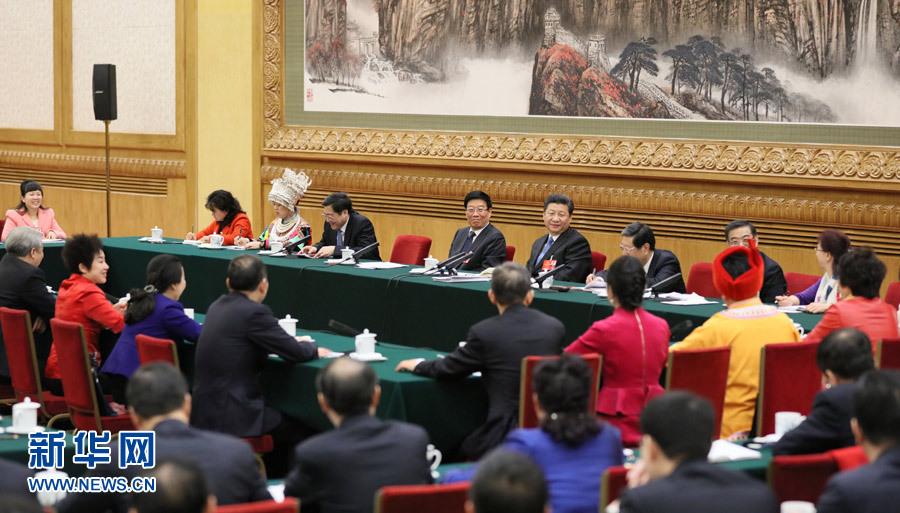
Chinese President Xi Jinping on Tuesday called for supply-side structural reform and agricultural modernization, as legislators hailed the strategy expected to benefit farmers by improving their production efficiency and increasing the added-value of agriculture products.
"It is a tough battle to carry out the supply-side structural reform," said the president, whose suggestions stress increasing high-and-mid-end supply and cutting non-effective and low-end supply.
Xi made the remarks when joining a panel discussion on rural development of the NPC deputies from Central China’s Hunan Province.
He also urged innovations in improving the livelihood of the people and optimizing policies on food security. He repeated that “a strong China must be pillared by strong agriculture.” The supply-side structural reform in agriculture is believed as an effective way to achieve the goal.
Also as a strategic priority in China’s 13th “Five Year Plan”, the supply-side structural reform has been a key agenda during this year’s two sessions.
Xi’s remarks were echoed by the NPC deputies. Wu Donglan, a deputy from a village in Hunan Province, applauded the president for his proposals. He said that compared with the old days when farmers worked hard but gained little wealth, strategies like “Internet Plus” have accelerated the rural development.
Recent years have witnessed a stable growth of farmers’ income in China. As reported, per capita disposable income for China’s farmers has increased to 11,422 yuan ($1,750) in 2015. Its growth was 0.7 percent higher than that of urban dwellers. At the same year, rural dwellers’ income from wages outnumbered that from household business operation for the first time.
But as the macro-economy is facing more pressure, roadblocks still lay ahead for rural China’s development. On the one hand, it is difficult for the governments to raise grain prices at the moment; on the other hand, the number of migrant workers was no longer increasing as rapidly as it used to. In 2015, the number of migrant workers saw an increase of 0.4 percent, the lowest since the beginning of the 21st century.
As an effort to support further agricultural development, China has set to improve the effectiveness of agricultural supply, optimize resource allocation and improve output quality and efficiency.
“Supply-side structural reform in agriculture should focus more on innovation and reforms. Technological innovation can bring about improved breeds whilst help reduce costs and improve efficiency,” said Chen Xiwen, deputy director of the Central Rural Work Leading Group.
A scholar noted that a loofah is sold at three to four yuan, but healthcare insoles made of it is worth 10 yuan. Other agricultural products and cash crops can also have higher added-value after downstream processing.
When talking with lawmakers on Tuesday, Xi also emphasized that for a country with over 1.3 billion people, food security has always been a top priority concerning national economy and people's livelihood.
Agricultural infrastructure should be improved, he said, urging more efforts to protect arable land, support irrigation facility construction and agricultural mechanization, as well as upgrade agricultural technology and equipment.
Day|Week

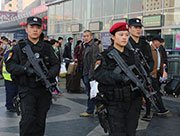 Beijing steps up security for 'two sessions'
Beijing steps up security for 'two sessions'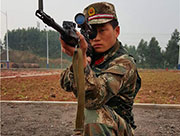 Chongqing sniper’s new record: 13 holes on a rice grain
Chongqing sniper’s new record: 13 holes on a rice grain Women put on spring dresses in Hangzhou
Women put on spring dresses in Hangzhou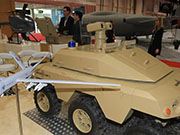 UAVs at Unmanned Systems Exhibition & Conference in UAE
UAVs at Unmanned Systems Exhibition & Conference in UAE PLA's paratroopers conduct night training
PLA's paratroopers conduct night training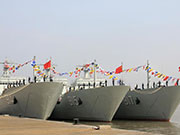 Three new-type tank landing ships join the East China Sea Fleet
Three new-type tank landing ships join the East China Sea Fleet 3,492 reflector panels of China's mega telescope installed
3,492 reflector panels of China's mega telescope installed Stunning Kuche on the Silk Road
Stunning Kuche on the Silk Road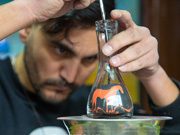 Tunisian man creates art of sand in Hangzhou
Tunisian man creates art of sand in Hangzhou Goddess teacher shares fitness program online
Goddess teacher shares fitness program online